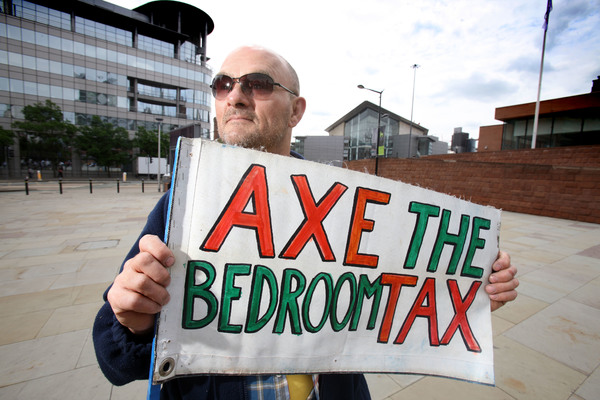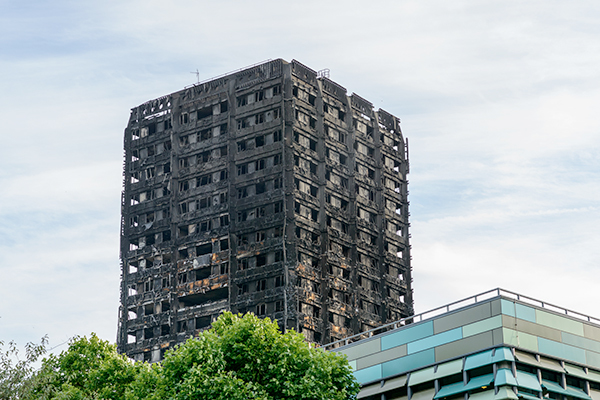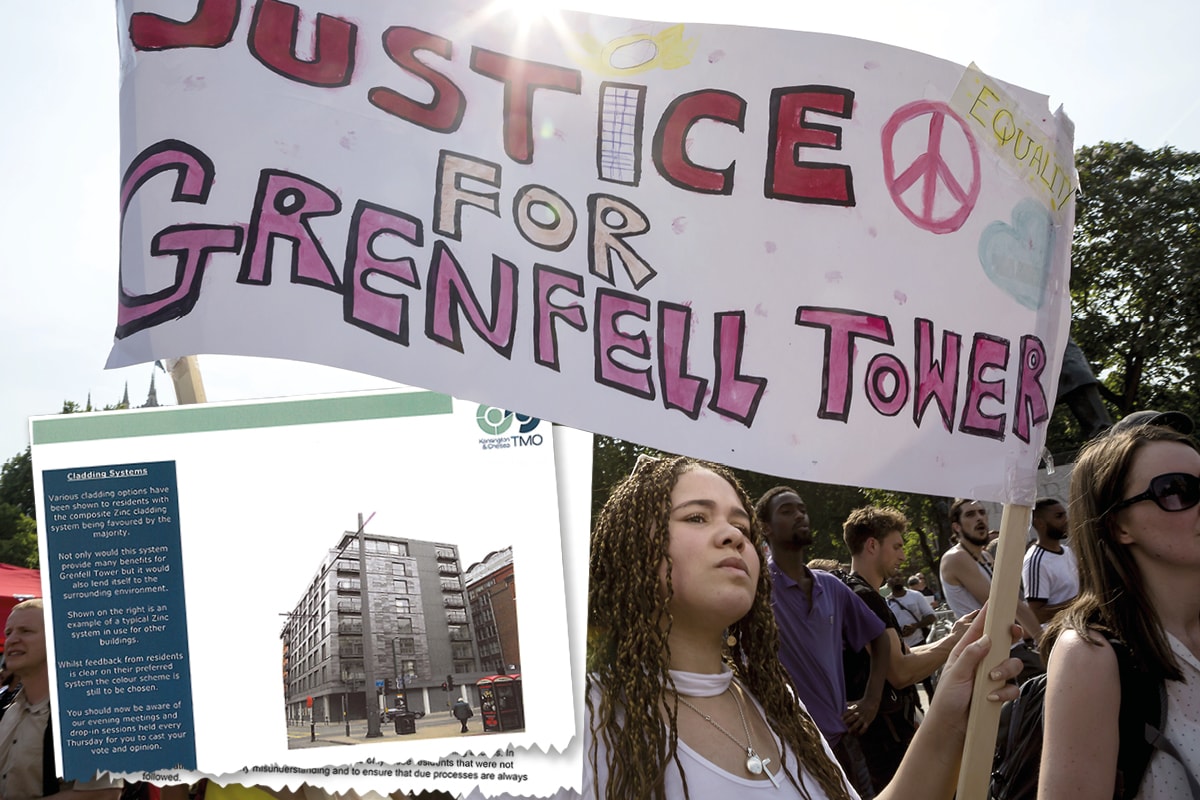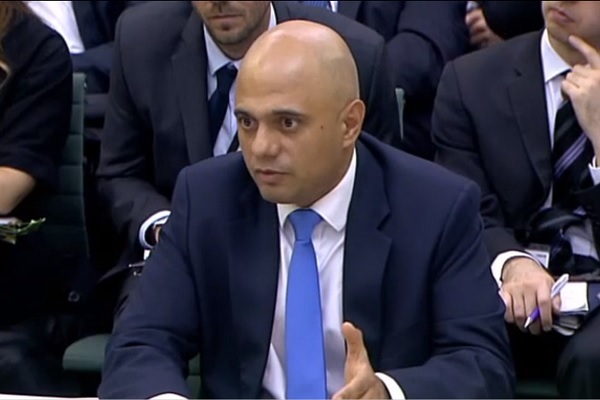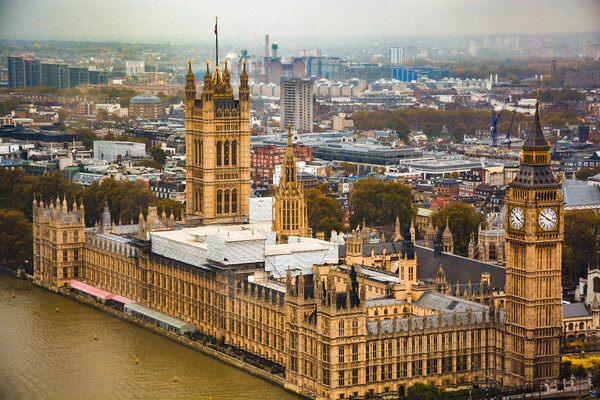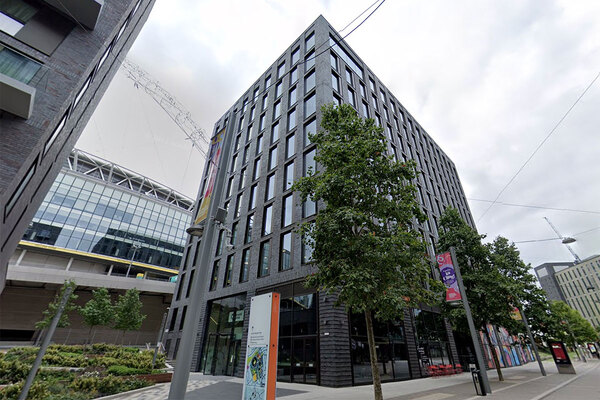Grenfell survivors express concern over tenancy offers
Former tenants of Grenfell Tower have raised concerns over the offer of ‘assured’ rather than ‘secure’ tenancies in their new homes.
Kensington and Chelsea Council is currently attempting to rehouse tenants made homeless by the fire at the tower, including tenants of surrounding low-rise properties. Some 200 families require rehousing, with around 150 still waiting to agree a housing offer in principle.
Many of these tenants had ‘secure’ council tenancies but would move to ‘assured’ tenancies were they to accept an offer of housing from a local housing association.
The council said it is providing addendums to tenancies to provide the same rights under assured tenancies.
It is understood assured tenancies can be structured to provide the same exactly the same rights as secure tenancies. Both provide lifetime tenancy but sometimes differ over issues such as the provision of Right to Buy and succession. Existing council tenants would typically see their rights preserved if homes were transferred to an association from a council.
Hanan Miezou, a local woman who runs a donations centre to support survivors of the fire, said: “Survivors offered a flat with a housing [association] are not being offered the same tenancy agreement that they had prior to the fire.”
A Kensington and Chelsea Council spokesperson said: “All the tenancies offered on survivors’ permanent homes are lifetime… To solve the issue, we have now provided tenancy addendums to housing association assured tenancies to contractually provide the same rights and responsibilities they had for their secure tenancy at Grenfell Tower, and the same rights and responsibilities provided in council-secure tenancies are now being offered to former residents.”
Never Again campaign
Inside Housing has launched a campaign to improve fire safety following the Grenfell Tower fire
Never Again: campaign asks
Inside Housing is calling for immediate action to implement the learning from the Lakanal House fire, and a commitment to act – without delay – on learning from the Grenfell Tower tragedy as it becomes available.
LANDLORDS
- Take immediate action to check cladding and external panels on tower blocks and take prompt, appropriate action to remedy any problems
- Update risk assessments using an appropriate, qualified expert.
- Commit to renewing assessments annually and after major repair or cladding work is carried out
- Review and update evacuation policies and ‘stay put’ advice in light of risk assessments, and communicate clearly to residents
GOVERNMENT
- Provide urgent advice on the installation and upkeep of external insulation
- Update and clarify building regulations immediately – with a commitment to update if additional learning emerges at a later date from the Grenfell inquiry
- Fund the retrofitting of sprinkler systems in all tower blocks across the UK (except where there are specific structural reasons not to do so)
We will submit evidence from our research to the Grenfell public inquiry.
The inquiry should look at why opportunities to implement learning that could have prevented the fire were missed, in order to ensure similar opportunities are acted on in the future.

